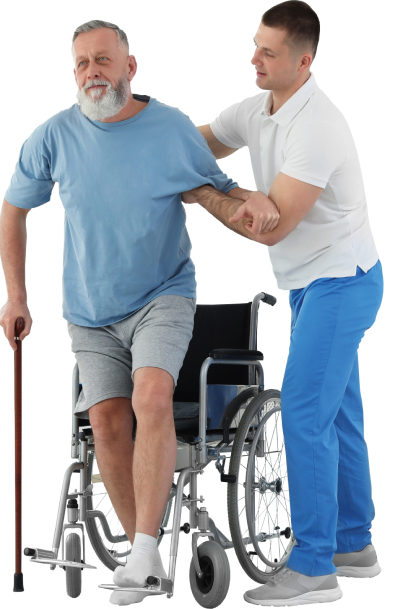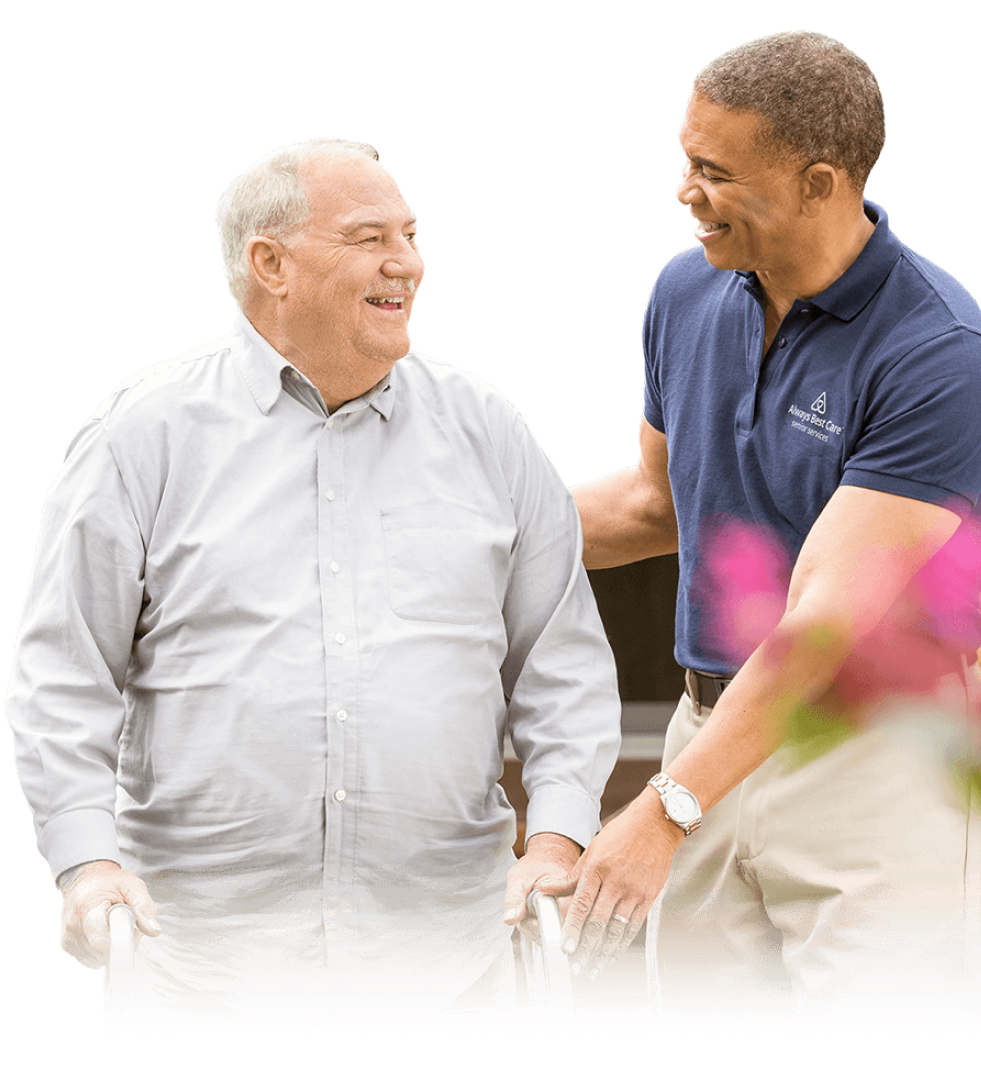Lifestyle
What I am saying is that you should keep all the other factors in mind as well, so as to choose the best trainer in Littleton that offers the services at fair prices
[File Photo]
So, you’re welcoming a new puppy into your home? Well, that is sure to be exciting and amazing. But, we can’t deny the fact that it can come with certain challenges.
Puppies are quite energetic, and there are some behaviours that you will have to both un-teach and teach them if you want them to fit in well, and if you want both of you to enjoy each other’s company. From barking, chewing and biting to night time whining – so many things you have to think about.
Here’s how to plan ahead for a puppy: https://www.bbc.com/worklife/article/20140602-planning-for-puppy-love
Anyway, no matter how hard you try to teach your dog some important things, there is no denying the fact that you will have to include professionals at one point or another.
Meaning what exactly? Well, meaning that you can’t teach it all on your own, and that working with a trainer is essential. If this is not your first time owning a dog, then I am guessing you understand that.
See Also: SC Directs Removal of Stray Dogs from Government Institutions, Cattle from Highways; Animal Rights Activists React
Just like you understand the importance of hiring the right puppy trainers in Littleton, Colorado. After all, working with just anyone and hoping for the best is not the right idea. There’s no denying the fact that you want what’s best for your animal, which further means that you will want to find the best trainers and choose among them. And, hat is completely understandable.
The good news is that there are certainly a lot of great trainers in Littleton that you can find and choose among. Yet, as mentioned, you want the best of the best, and you may be worried about making certain mistakes in the process, which is certainly a legitimate concern.
What we are going to do right now, thus, is talk about some of those mistakes that you should absolutely avoid when trying to find the top 3 puppy trainers in Littleton, and when trying to hire the right one among them. So, without any further ado, let us get started. This could help in the choosing process as well.
Puppies are quite energetic, and there are some behaviours that you will have to both un-teach and teach them.[File Photo]
Trusting Any Online List
Sure, the idea here is for you to find or create a top 3 list of puppy trainers in Littleton, and that is great. But, you should be careful not to trust just any list you find online, because people can create their own lists, and not all of those will be objective.
So, what you should do is either find a reliable and objective source, or, what’s even better, create that list all on your own, by doing the necessary research and getting all the info you need about specific trainers, in order to determine whether they should make it on the top 3 list or not.
Choosing a Trainer That Uses Harsh Methods
Now, having made the list, you will still have to choose one among those top 3 professionals you have found. And, one of the biggest mistakes you can make here is actually choose a trainer that uses harsh methods. Or failing to check those methods and approaches in the first place, and thus sending your puppy somewhere without knowing what to expect.
Instead of those harsh methods, you want to choose experts that use positive reinforcement, reward-based learning, confidence-building strategies, gentle redirection, and similar approaches.
See Also: Turns Out, Food Matters More Than Bride and Groom in Indian Weddings
Going for a Generic Program
Every single dog is different, and I am sure you understand that. Furthermore, training a puppy is bound to differ from training an older canine. Meaning, thus, that you should never go for those generic dog training programs, and that you should, instead, look for those puppy-specific and individualized ones, thus working with professionals who understand the importance of a personalized approach to every animal that comes their way.
Ignoring Credentials
Moving on, you should also never ignore the credentials. Put simply, you want to check how qualified the potential trainers are before agreeing on anything. You want them to be properly educated on canine behavior, puppy development, as well as anything else that could help them to a great training job for you. So, take time to check credentials before going any further.
Failing to Check Reputation
Furthermore, you should also never fail to check the reputation of the pros you’re considering. When you come across Sit Means Sit, for instance, or any other place, take time to read some reviews written about them by their past clients. This is how you’ll check how reliable and trusted certain trainers are, and that is sure to help you make your final choice.
Choosing Based on the Prices
Finally, you should never choose based on the prices alone. I get that you have a budget to worry about, and that is completely normal. So, I’m not saying you shouldn’t consider the prices at all. What I am saying is that you should keep all the other factors in mind as well, so as to choose the best trainer in Littleton that offers the services at fair prices, and not simply the cheapest one.
Suggested Reading:

 303-268-3957
303-268-3957




 Service Areas
Service Areas























